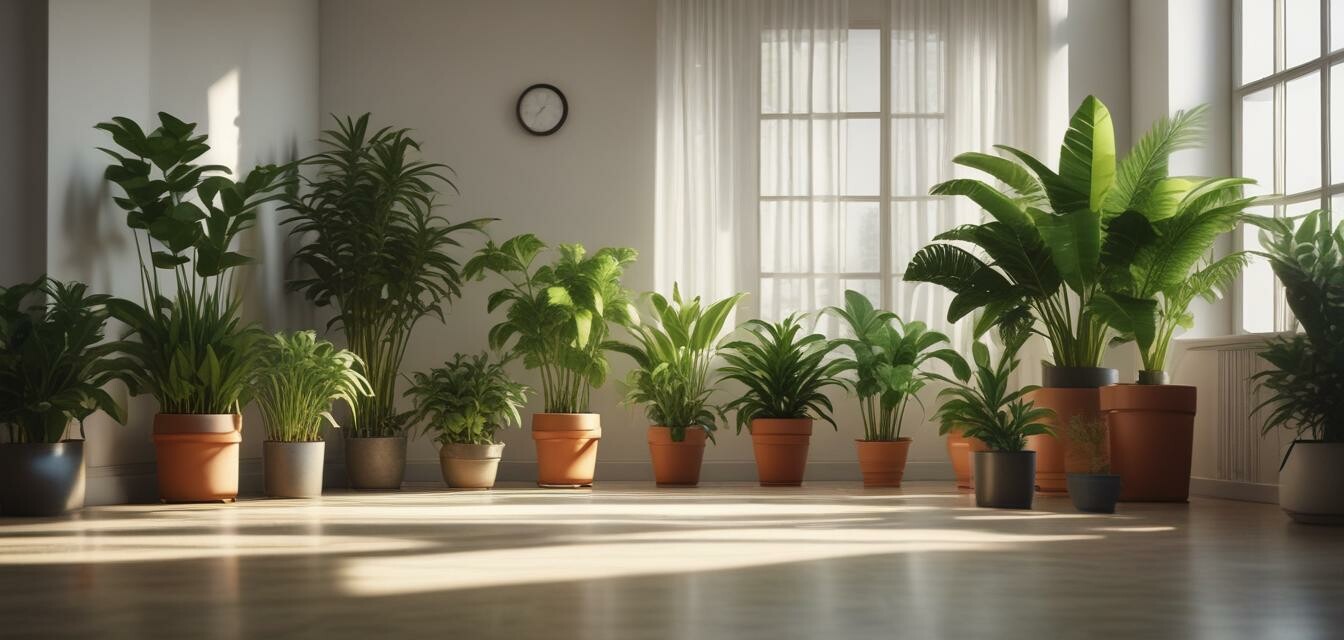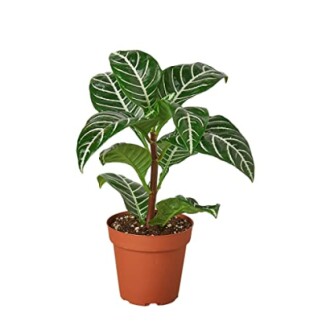
How to Choose the Right Air-Purifying Plants
Key Takeaways
- Understanding light requirements is key to selecting the right plant.
- Low-maintenance plants are ideal for beginners or busy individuals.
- Consider pet-friendly options to ensure the safety of your furry friends.
- Determine the humidity levels of your space to select suitable plants.
- Research the growth habits and required space for your chosen plants.
Choosing the right air-purifying plants can elevate your indoor space, bringing in not only aesthetic appeal but also improved air quality. In this comprehensive guide, we will explore different air-purifying plants and provide tips to help you select the best fit for your home based on light conditions, maintenance needs, and other essential factors.
Why Choose Air-Purifying Plants?
Air-purifying plants are known for their ability to remove toxins and improve the quality of the air in your home. Not only do they contribute to a greener environment, but they also enhance your mental well-being and can even boost productivity. The significance of these plants cannot be understated, especially in urban areas where air quality may be compromised.
Factors to Consider When Choosing Air-Purifying Plants
Light Requirements
| Light Type | Ideal Plants |
|---|---|
| Low Light | Snake Plant, ZZ Plant, Pothos |
| Indirect Light | Peace Lily, Spider Plant, Bamboo Palm |
| Bright, Direct Light | Rubber Plant, Dracaena, Fiddle Leaf Fig |
Maintenance Needs
Some plants require more attention than others. If you’re a busy individual or new to plant care, here are some low-maintenance options:
- Snake Plant: Tolerates neglect and thrives in varying light conditions.
- ZZ Plant: Requires minimal water and is highly drought-tolerant.
- Spider Plant: Adapts well and needs only occasional watering.
Pet-Friendly Options
If you have furry friends at home, consider pet-friendly air-purifying plants. Here are a few safe choices:
- Boston Fern
- Areca Palm
- Zebra Plant
Featured Product: Zebra Plant
Zebra 'Aphelandra' - 4" Pot
This easy-to-care Zebra plant is perfect for adding a touch of nature to your home. It thrives in indirect light and is pet-friendly.
Learn MoreCommon Air-Purifying Plants and Their Benefits
| Plant | Light Requirement | Maintenance | Purifying Qualities |
|---|---|---|---|
| Pothos | Low to Bright Indirect | Low | Removes formaldehyde, xylene |
| Peace Lily | Low to Medium Indirect | Moderate | Removes ammonia, benzene |
| Rubber Plant | Bright Indirect | Moderate | Removes formaldehyde |
Understanding Growth Habits
When selecting your air-purifying plant, consider the space available in your home. Some plants grow tall, while others spread out. Here are tips for managing their growth:
- Regularly prune your plants to encourage fuller growth.
- Repot when necessary to allow for proper root space.
- Rotate your plants to ensure even growth on all sides.
Care Tips for Air-Purifying Plants
Once you’ve selected your plants, proper care will determine their longevity:
- Water according to the needs of your plant, avoiding overwatering.
- Check for pests regularly to keep your plants healthy.
- Use fertilizer as per the recommendation for stronger growth.
- Dust leaves periodically to enhance photosynthesis.
Conclusion
Choosing the right air-purifying plants for your home involves understanding your space, light conditions, and maintenance level. By selecting suitable plants, you can significantly enhance your home environment and promote well-being. Explore our detailed articles like Air-Purifying Plants and Houseplants for Beginners for further insights.
Helpful Tips
- Begin with one or two plants to see how they adapt before expanding your collection.
- Seek out local plant shops or online stores for a diverse selection.
- Join plant enthusiast groups online for support and advice.


